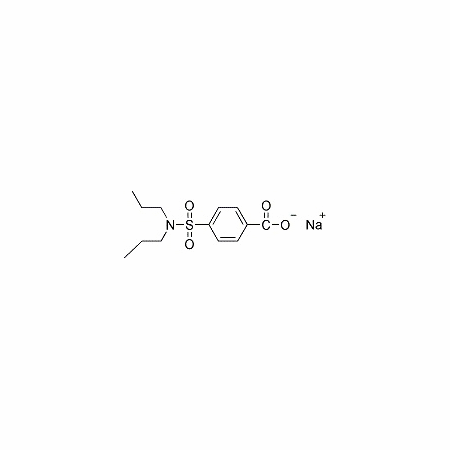Probenecid, Sodium Salt, Water Soluble
Probenecid is commonly used to inhibit organic-anion transporters located in the cell membrane. Such transporters can extrude dyes and indicators and thus contribute to low signal or high background in assays due to poor cellular retention of dyes.
Please fill in the inquiry form and we will contact you shortly.
Wishlist updated! View wishlist
Product Description
Probenecid is commonly used to inhibit organic-anion transporters located in the cell membrane. Such transporters can extrude dyes and indicators and thus contribute to low signal or high background in assays due to poor cellular retention of dyes. The use of probenecid to block the efflux of intracellular dyes was first described by Di Virgilio et al. (1990), and it has been used with a wide range of anionic dyes and conjugates. The commonly used free acid form of probenecid is difficult to dissolve, requiring 1M NaOH to prepare a solution. Our water-soluble probenecid sodium salt dissolves quickly in assay buffer and eliminates the need for handling caustic NaOH. Each vial is directly dissolved in 1 mL buffer to make a 250 mM stock solution. Typical working concentrations in cell-based assays are 1-2.5 mM.
- Colorless solid soluble in water (77 mg/mL of water)
- C13H18NNaO4S
- MWt: 307.34
- Store desiccated at room temperature
- [23795-03-1]
References
1. PLoS ONE (2014), doi:10.1371/journal.pone.0110772

